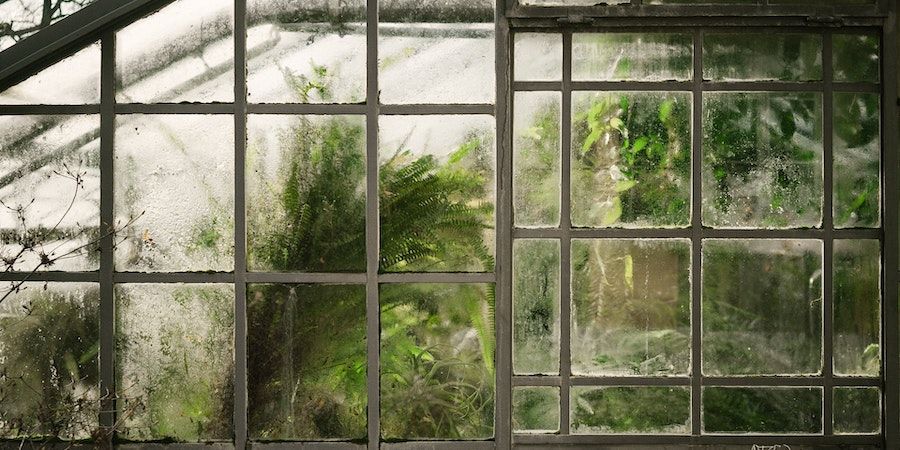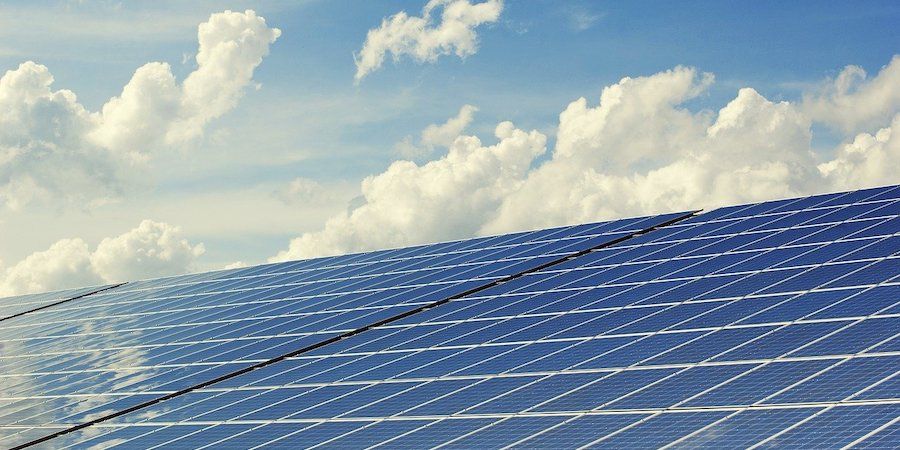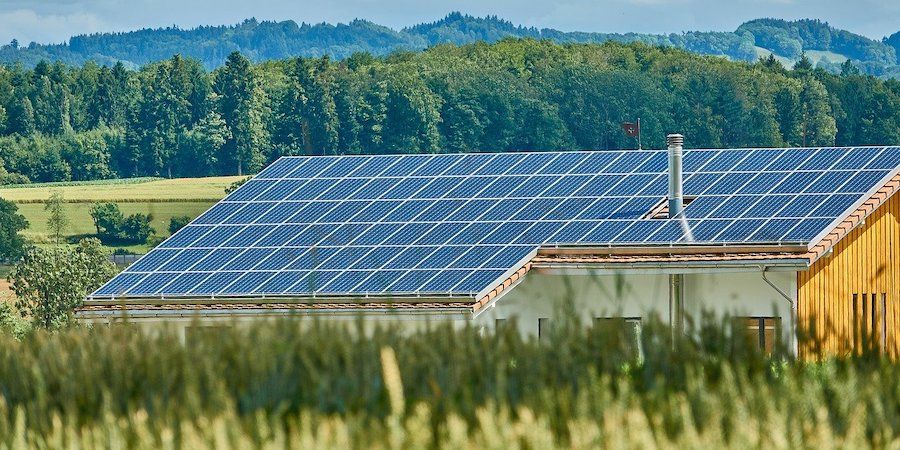Building a solar greenhouse in your backyard is a brilliant way to extend your growing season. If done right, it could also greatly reduce greenhouse gases which cause climate change.
While the benefits of greenhouses are many, they could end up costing you a fortune to heat in the middle of winter. They could also burn a lot of carbon to keep them warm, which ends up mitigating a lot of the good that they do.
Luckily, you can use solar energy to heat your greenhouse in winter. This will drastically reduce your heating costs as well as your carbon footprint, which is good news all round. Below we have a round up of the best solar panels for heating your greenhouse.
|
PRODUCT |
FEATURES |
||
|---|---|---|---|
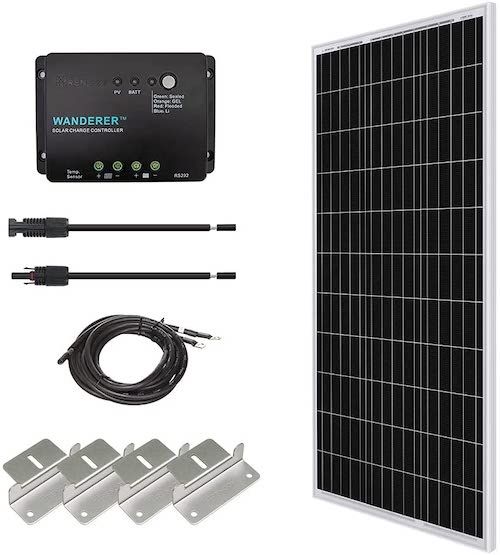
|
|
||
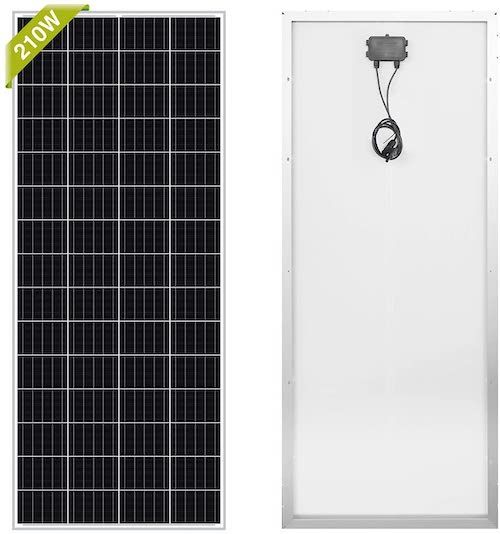
|
|
||
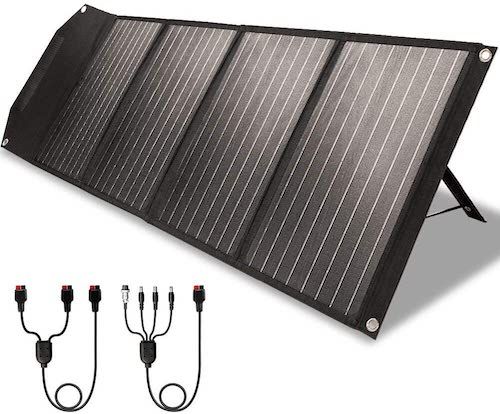
|
|
||
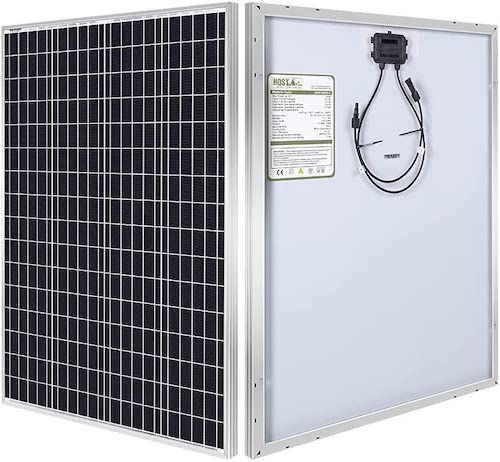
|
|
||
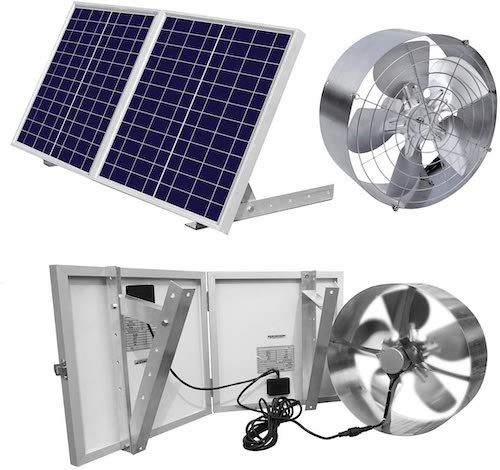
|
|
Why You Can Trust Us
Greenhouses are ubiquitous with those folks trying to extend their growing season, and at Backyard Boss, we love this sort of thing. Even more so if we're helping you to use less fossil fuels. If you want more ideas on how to use less fossil fuels, read our post on how to reduce greenhouse gases.
For this reason, we love greenhouses just as much as you do. While I'm lucky enough to live in a climate that doesn't need a greenhouse, my parents live at a higher altitude where a greenhouse is a necessity if you plan on growing anything in the colder months. I recently helped them reshuffle a few things to help them stabilise the temperature in there during winter nights.
I have also had my fair share of run-in's with solar energy. After many hurdles and a few failed attempts, house is now powered completely by solar energy.
So I've put this collection of experience of knowledge and experience together, read through countless online reviews, and come up with the list of products below.
Best Kit
This is the kit for solar newbies! Start small, and build up your solar system as you go.
- Expandable
- Customizable
- Complete kit
- Poor customer service
- Problems with charge controller
|
|
Why We Like It: This complete solar kit is designed for new customers looking to get a start in solar power. This kit comes with everything you need (except a battery) to get your solar kit up and running. This kit is capable of producing up to 500Wh per day.
The included charge controller allows you to expand your system with added panels and a battery if you so wish.
Who Should Buy It: As this kit is designed with the newcomer in mind, this is the perfect starter solar kit. The fact that you can add panels and a battery later on also makes it cost effective for those on a budget. Your solar kit can expand with your budget.
Best For Limited Space
These panels are not only efficient at converting the suns energy into electricity, they're also space efficient.
- Narrower panels for better space efficiency
- Diodes pre-installed in junction box
- Wide range of mounting options
- Quality control issues
- Won't reach correct voltage if used incorrectly
|
|
Why We Like It: Solar panels are all about power efficiency, but this offering from Newpowa is also about space efficiency. The long, narrow panels will fit into spaces that other panels won’t.
This is great for greenhouses for an important reason. Greenhouses are effective because they manage to harness the warmth of the sun. If the roof is covered in solar panels, your greenhouse will be in the shade. These narrow panels are an excellent solution as they won’t shade large parts of your greenhouse.
Who Should Buy It: This solar kit is an excellent choice for those with a small greenhouse. You don’t want your panels taking up the whole roof and shading your greenhouse. If you’re short on space, this product is for you.
Best Portable
These 100W, foldable solar panels are the energy solution for those on the go. If you like your solar panels to multitask, this is the product for you
- Foldable
- Lay flat storage
- Portable
- May drain battery when sun goes down
- Battles to reach full wattage
|
|
Why We Like It: Most greenhouses are only going to need heating in the winter. So what are you going to do with your panels in the summer? Well, if you have these panels, whatever you want!
You could take them with you on your next camping trip. You could hook them up to your boat, RV, or any other thing you may need solar power for during the summer.
When winter rolls around, you could then hook them up to your greenhouse for warm plants all winter long. Another great thing about these panels is that you’ll be able to adjust the angle of the panels to line up better with the sun, which results in higher efficiency and more power.
Who Should Buy It: Anybody who needs solar power for their greenhouse in winter, but doesn’t want panels set up permanently.
These panels would be an excellent choice for someone who needs mobile solar power during the summer, for camping or other adventures, and needs to warm the greenhouse in winter. One product, many uses.
Best Budget Option
Designed for mobile, off-grid living, these panels harness the suns energy for you to use as electricity in your greenhouse, and it won't break the bank in the process.
- Affordable
- Pre-drilled holes for easy mounting
- Comes with junction box and MC4 connectors
- May battle to reach maximum wattage
|
|
Why We Like It: This may be a budget-friendly option, but that doesn’t mean that it’s short on usability. This 100W panel will easily charge any back up battery you have and will produce enough power during the day to run basic appliances.
The great thing about this product is that you can slowly build up your kit as your needs and budget allows. It’s possible to add panels, batteries, inverters, and charge controllers later on if you find that you need them.
Who Should Buy It: This product is a good option for those who aren’t ready to jump straight into having a whole solar system set up. This will give you a chance to slowly test the waters without having to invest too much. And then you can add on and build your kit up as your budget allows.
Best For Circulation
Here's your off-grid ventilation solution. With solar panels and included fans, you can ventilate and circulate all that warm air inside your greenhouse
- Fans run at low voltage
- Works in low light situations
- Quick and easy to install
- Quality control issues with the fans
- Motor burns out quickly
- Missing parts
|
|
Why We Like It: Circulating the air is an important aspect of efficiently warming or cooling a space. The same applies for heating your greenhouse. If you don’t have a way of circulating the air in your greenhouse, all that hot air is going to be trapped at the highest point in the structure and your plants won’t benefit at all.
With this solar powered fan, you’ll be able to circulate the air inside your greenhouse without using any energy from the grid at all. How good is that?
Who Should Buy It: Anybody looking for an air circulation solution for their greenhouse should consider this product. The fan connects easily to the solar panels via a 16 foot cable for maximum convenience.
The panels are also adjustable, so you can be sure that you’re harnessing as much power from the sun as possible. Simply adjust the angle of the panels to suit the angle of the sun depending on the season.
Active Solar vs Passive Solar
The solar energy that gets the most press is known as active solar. Active solar systems are capable of converting the energy from the sun into electrical energy. We can then use this electricity for electrical appliances and other electrical uses.
In its simplest form, this looks like a solar panel and an inverter with a few wires hooked up to an appliance or two. With this arrangement, no energy can be stored. When there’s sun shining on the panels, they produce electricity. When there’s no sun shining on the panels, there’s no electricity.
A step up from this basic system would include a battery. The battery makes it possible to store this energy for later use, maybe during the night or an extended cloudy spell.
Any system that converts the energy from the sun into usable electricity is known as active solar.
However, there’s another type of solar energy that’s not often spoken about. It’s a bit more subtle and not as versatile, but it’s reliable and free. It’s called passive solar energy. You can use it to greatly improve the comfort of your home or greenhouse while reducing energy costs. So let’s dig in; what is passive solar energy?
Have you ever walked along the road or curb at night after a particularly hot day? Did you notice that the road or curb were a few degrees warmer than the ambient temperature? If you know of a west-facing masonry wall that gets full afternoon sun, go and feel that wall at night after a sunny day. That wall will be warm to the touch, and will actually be radiating that heat into the space around it.
This is known as passive solar energy.
Image credits: Johannes Hofmann via Unsplash
Image credits: andreas160578 via Pixabay
Heating At Night
Most of the products above don’t include a battery. Which means that you won’t be able to store any power unless you fork out for a battery. These panels are using only active solar energy, and when the sun goes down, the power goes out. This can be problematic in cold climates where heating is probably most important at night.
The good news is that you can use passive solar energy to stabilise the temperature when active solar energy is unavailable.
If you’re still in the design phase of your greenhouse, you have some effective solutions in front of you. You should design your greenhouse with passive solar principles in mind to best harness the heat of the sun during the day. This includes adding materials with high thermal mass in areas where they will be exposed to the heat of the sun for a long time.
For maximum efficacy, the structure should be highly insulated. However, this can be difficult and counter-productive when it comes to greenhouses.
Another solution would be to heat thermal mass materials during the day when active solar is available. So when the sun goes down, your thermal mass is all hot and charged up and ready to keep the interior temperature stable while the exterior temperature plummets.
It's also possible to do this without adding too many extra elements to your greenhouse. Consider this; do you have water tanks for water storage? Maybe you collect rainwater and store it for later use in your greenhouse. If you are strategic about where you place these water tanks, you could use them to stabilize the temperature in your greenhouse.
All you need to do is place these tanks inside your greenhouse in a place where they get as much sun as possible. For maximum efficacy, paint these water tanks a dark color so they absorb as much heat as possible from the sun. This way, you're using passive solar energy to stabilize the temperature inside your greenhouse without any drastic modifications.
This would be an efficient way to use a blend of passive and active solar to heat your greenhouse during the day and during the night.
Image credits: RoyBuri via Pixabay
How We Picked
When it comes to solar power, it's important to know what to look for. The jargon associated with solar power is confusing, so we cut through the noise to find what you really need when looking for a solar kit. Here are the criteria we used to pick the products on this list.
- Wattage. The wattage of any solar system refers to how much energy is produced at a given time. We made sure all the products above produced enough power to run some basic electronics, but not so much that the kit becomes prohibitively expensive.
- Compatibility. There are some solar kits out there that aren't compatible with many electronics due to the quality of the power they produce. There are also kits out there that are not expandable, and you're stuck with what you bought initially. We made sure to add products that are compatible with a range of electronics and are expandable up to a point.
- Affordability. Solar power is expensive, there are no two ways about it. The up front cost is substantial, and the long term savings only kick in years down the line. We tried to include solar kits that are not very expensive, which is why most of these products do not include batteries.
To Wrap Up
All in all, the best solar panels for heating your greenhouse has to be the Renogy solar starter kit. Solar energy comes with a learning curve, so being able to start small and grow your system as necessary is an excellent choice for those new to solar. The max output of 500WH a day would be sure to give you enough power to warm up your greenhouse. And when that's not enough power, you can easily expand.
Although, if you design your greenhouse using a mixture of passive and active solar techniques, you might not need to expand. Either way, the Renogy solar starter kit is an excellent way to learn the ropes of active solar energy.


